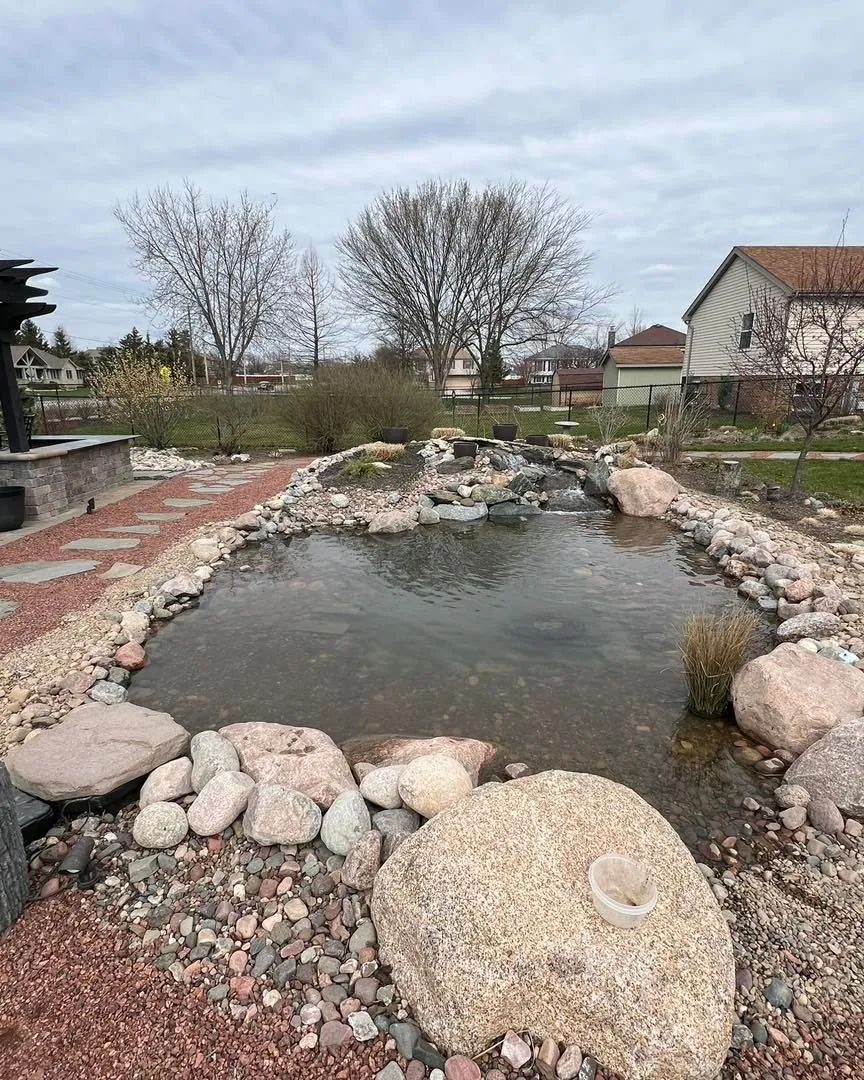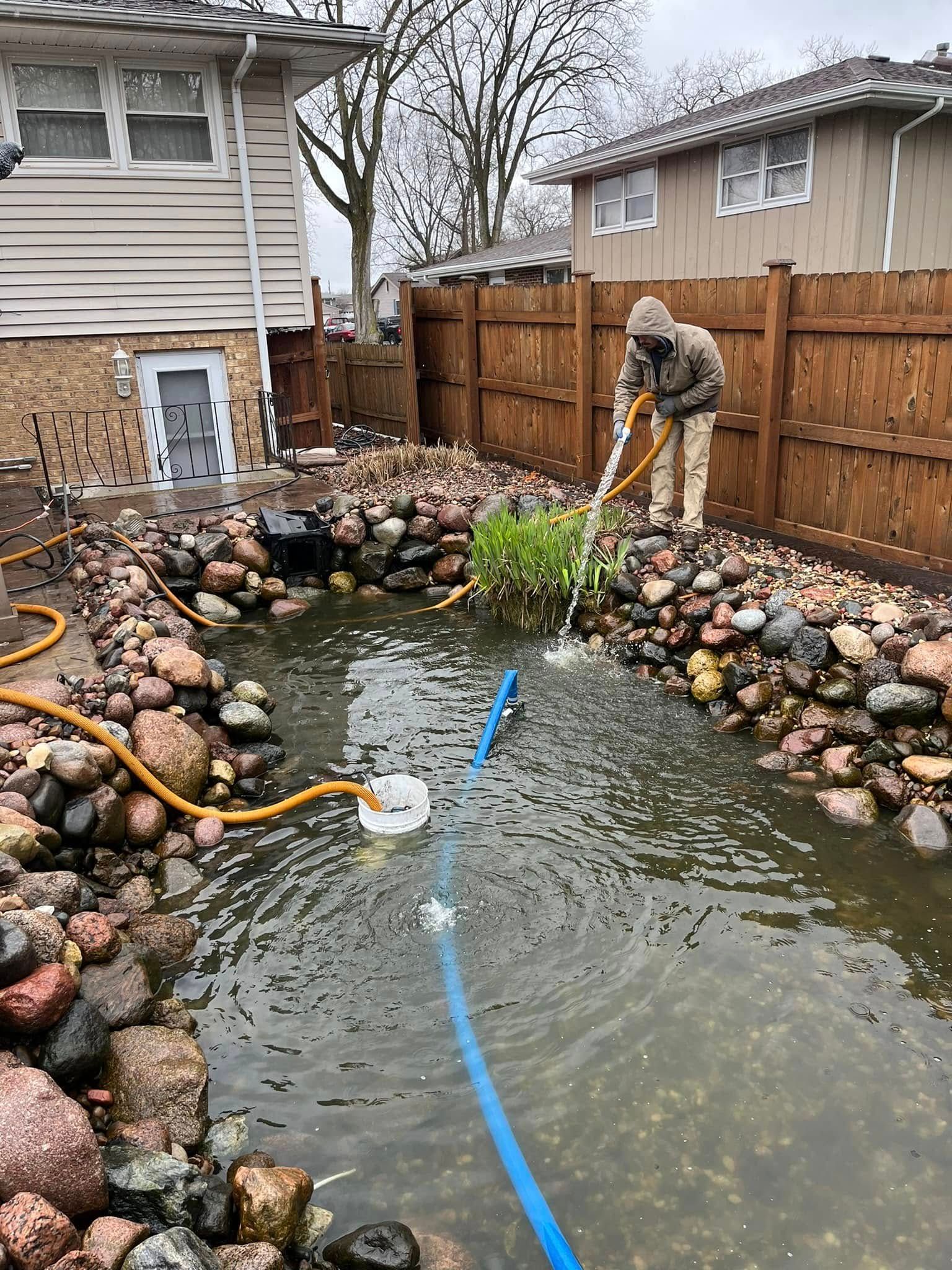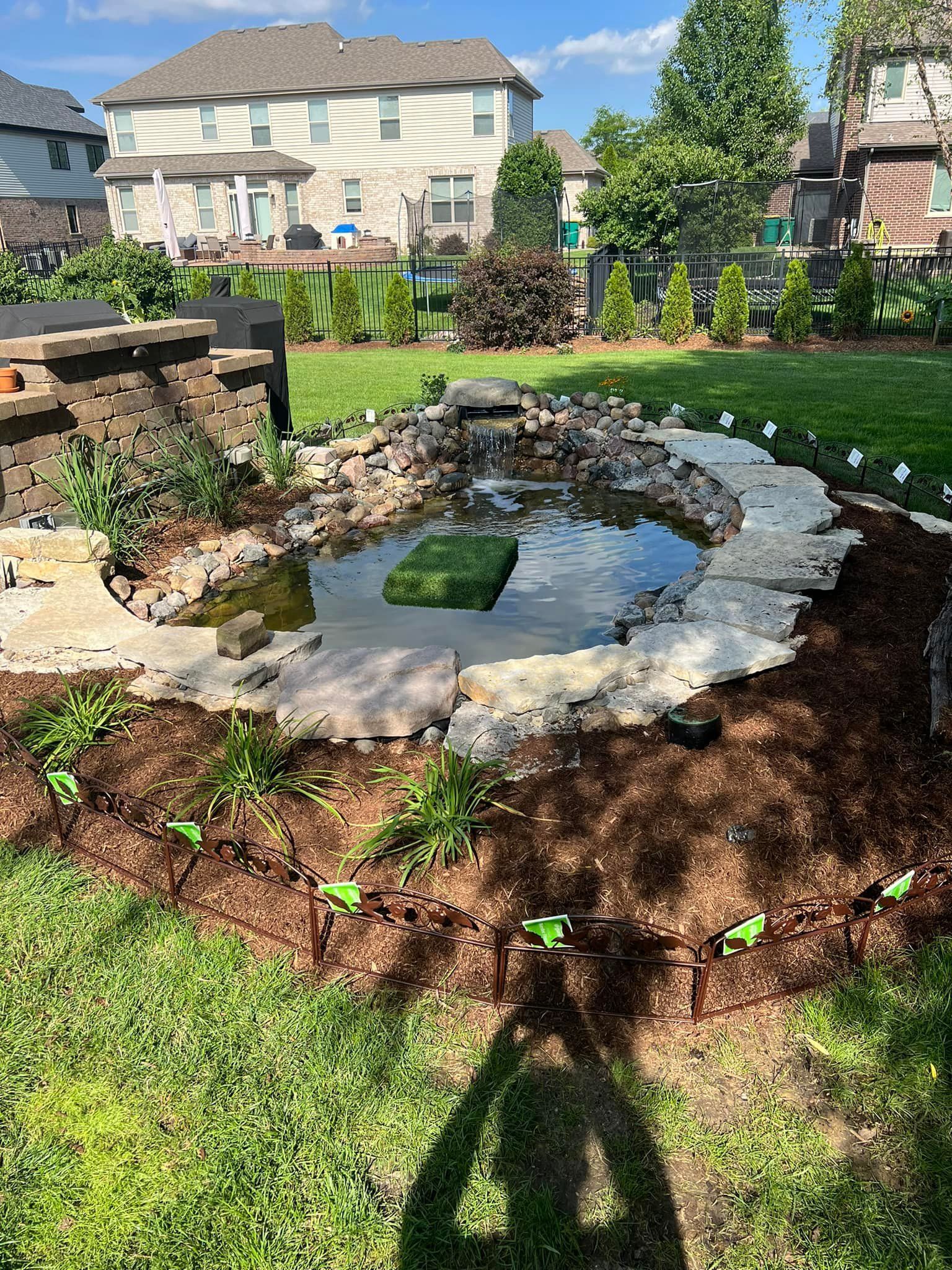Crystal Clear Pond Water: The Ultimate Guide for Pristine Ponds
July 26, 2025

A crystal-clear pond is the hallmark of a well-maintained landscape and a healthy aquatic ecosystem. Beyond aesthetics, clear water also reflects a balanced environment where fish, plants, and beneficial bacteria coexist harmoniously. Maintaining such pristine conditions, however, requires more than occasional cleanups or adding water treatments sporadically. It demands a strategic, consistent approach that addresses every element of the pond—from water quality to debris control and seasonal management. Whether you’re dealing with a koi pond, a decorative water feature, or a backyard habitat, achieving and maintaining crystal-clear water is possible with the right knowledge and care. This guide outlines essential practices to help you establish long-term water clarity.
1. Establishing the Right Filtration System
The key to clear pond water starts with proper filtration. Mechanical filters remove solid waste like leaves and debris, while biological filters encourage beneficial bacteria to break down ammonia and other harmful compounds. A well-sized filtration system, combined with a pump that circulates the pond’s volume at least once per hour, keeps water moving and prevents stagnation. Without consistent filtration, waste accumulates quickly, leading to cloudiness and imbalances.
2. Controlling Organic Debris and Nutrients
Excess organic matter is one of the main causes of murky pond water. Leaves, fish waste, and uneaten food release nutrients that feed algae and bacteria. Skimming the surface regularly, trimming back overhanging vegetation, and avoiding overfeeding fish can drastically reduce nutrient buildup. Additionally, a netting system during fall months can prevent leaf litter from entering the pond altogether.
3. Managing Algae the Right Way
While some algae are natural and beneficial in moderation, uncontrolled growth can cloud water and lower oxygen levels. To maintain clarity, consider introducing UV clarifiers that destroy free-floating algae without chemicals. Complement this with aquatic plants such as water lilies, which shade the pond and outcompete algae for nutrients. When needed, use eco-friendly algaecides or beneficial bacteria products to restore balance without harming aquatic life.
4. Monitoring and Adjusting Water Chemistry
Clear pond water depends heavily on maintaining the right chemical balance. Regularly testing for pH, ammonia, nitrite, and nitrate levels ensures you can address imbalances before they lead to larger issues. Use water conditioners to neutralize chlorine, adjust pH levels, and add beneficial microbes. Keeping the pond well-aerated also boosts oxygen levels, supporting fish health and beneficial bacteria activity that keeps the water clean.
Achieving crystal-clear pond water is not a one-time task—it’s the result of consistent care, thoughtful design, and proactive maintenance. When filtration systems, nutrient control, algae management, and water chemistry work together, your pond becomes a clear, vibrant focal point of your landscape. With professional guidance and ongoing upkeep, you can enjoy a pristine pond year-round.
TCB Environmental LLC
is a trusted landscaping company located in Peotone, Illinois, with over 18
years of experience. The team specializes in pond maintenance and water clarity solutions, helping homeowners maintain healthy, beautiful backyard ponds through professional-grade treatments and expert care.





